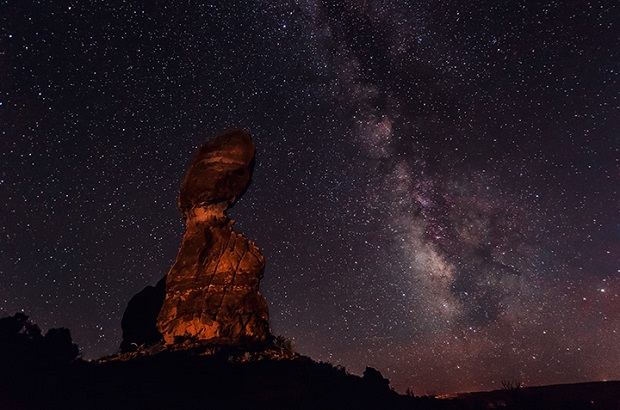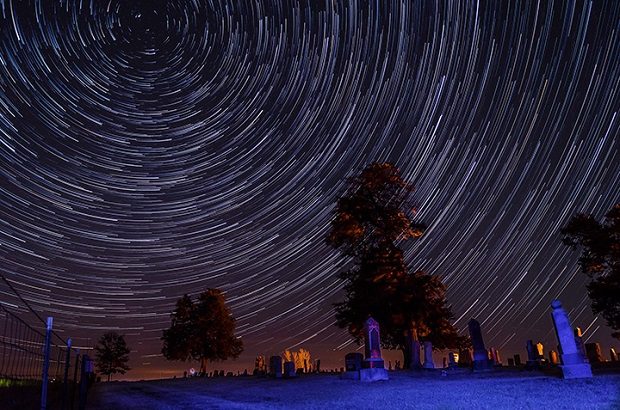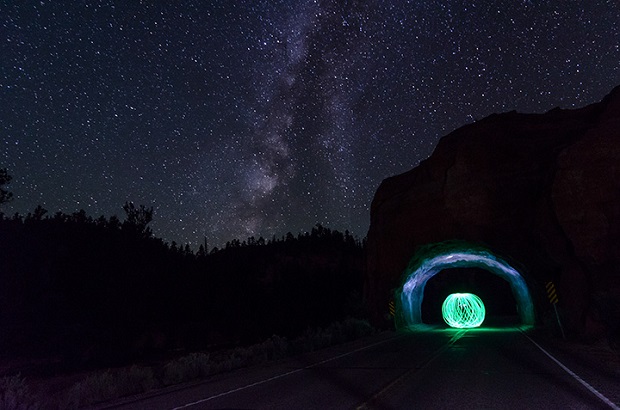
Best Tips For Landscape Photography During Night
Most photographers prefer to shoot during day in order to take advantage of lighting. But, if you know how to shoot during night, then you won’t worry about anymore as the sun goes down.
There are plenty of tips and tricks out there you can learn to take amazing night landscape photos. This awesome article shows you 11 essential tips for shooting a night landscape.
Read through the article, enjoy the images and share the love!
Generally speaking, after the sun goes down, most photographers pack up their gear and head inside. After all, the good light has passed and it’s time to relax after a long day. Admittedly, I’ve been guilty of doing this very thing on many occasions, as the lure of the comfortable couch or easy chair is quite enticing as the daylight fades away.
However, with the setting of the sun and the onset of night comes a great opportunity to try some different photographic techniques and to see and make images of our surroundings in a different ‘light’. These 11 tips, given in no particular order, will help you on your way to making some stunning night landscape images.
Tip #1: Get to know the landscape
Whether this is your first time at a particular shooting location, or if you have been there a hundred times before, it is a good idea to get the lay of the land before nightfall. This may mean showing up an hour or so prior to sunset to get familiar with the surroundings and to figure out the best place to set up for the shot.
Getting to know the landscape will help to determine what you want to include (or not include) in the composition. So get out there early, even if it is a place you have been before. Another benefit to arriving early is that you will have time to set up the camera in the daylight instead of fumbling around in the dark and will also allow your eyes to slowly adjust to the changing lighting conditions. This will undoubtedly make for a much more enjoyable evening and night of shooting, as you will feel more confident and relaxed, enabling you to make some great images.
Tip #2: Start shooting before dark
Once the sun sets, the colors and light in the sky quickly change. There may be various shades of reds, oranges, and yellows or blues. The sky will become a deeper and darker blue for the next 30 to 60 minutes after the sun goes down, before becoming completely black. If you have arrived early enough, found the composition you like, and set up your camera on the tripod, then go ahead and start shooting early.
You will find that although you are shooting the same scene, the different colors and light will give each image a very different look. For instance, silhouettes will be much more visible against a dark blue sky rather than the total blackness of night.
Tip #3: Include a foreground element
This is not a hard and fast rule, but you will typically want to find something to include in the foreground when shooting a landscape. This applies not only during the day, but also at night. Maybe there is an old barn or car, maybe a tree or some rocks, or even a small pond or lake. Since it will be dark, the foreground may be a silhouette against a starlit or moonlit sky. Alternatively, use a small flashlight to ‘paint’ the foreground object to give it some definition (more on that later).
A foreground element will make the shot much more interesting and engaging to the viewer, and will help to lead the eye through the scene. After dark, it may be more difficult finding something that will work for the foreground, so get on-location early (see Tip #1).
…
Find out the rest of the tips here: 11 Essential Tips for Shooting a Night Landscape



Credits:
Article Source: 11 Essential Tips for Shooting a Night Landscape